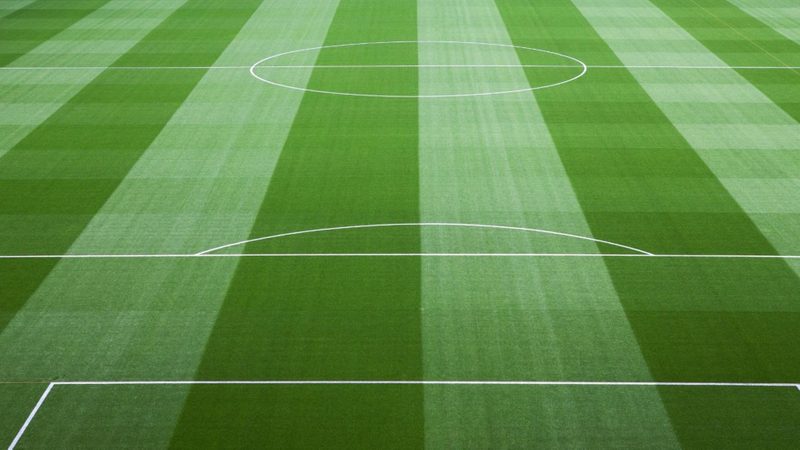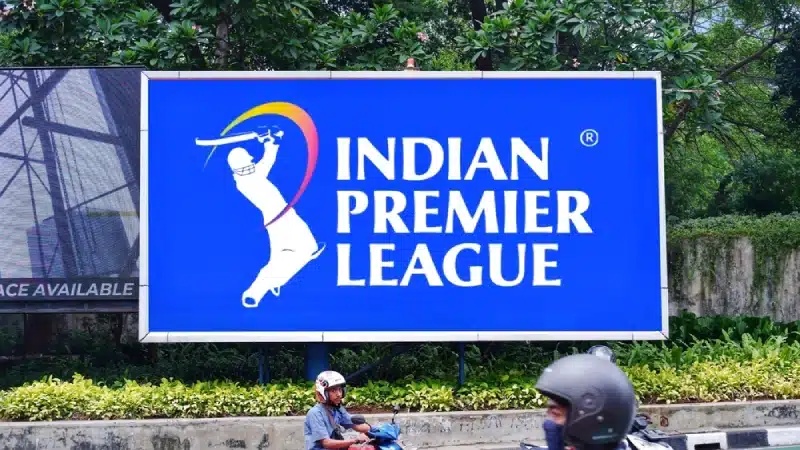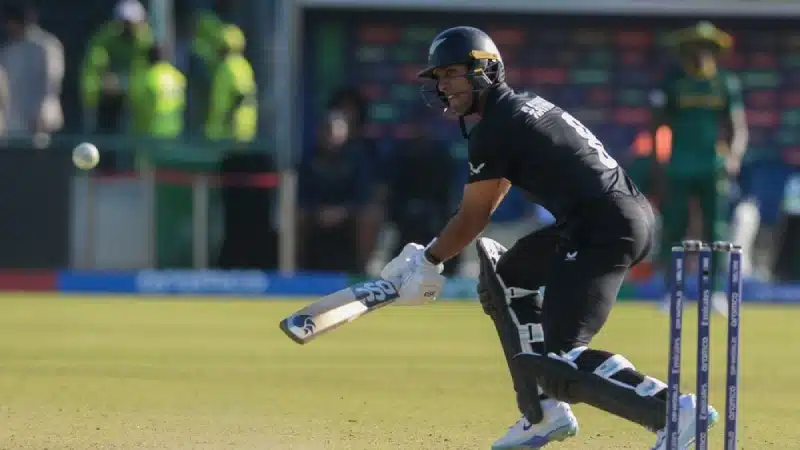
Football is one of the most popular team sports globally. Known as soccer as well, it has a massive fan following which helps garner great interest within the business world, making it a huge financial success.
A football pitch is the playing surface for football. The Federation Internationale de Football Association (FIFA), the official governing body of the game, regulates the laws and defines the football ground size. They are specified in Law 1 of the FIFA Laws of the Game.
While the pitches are made of natural turf, artificial surfaces are also allowed, provided they are green. Artificial turfs are used, especially in areas where weather conditions affect natural grass maintenance.
What is the official football ground size?
The playing area of a soccer field has multiple lines marked on it, including the boundary lines. The longer lines are called touchlines and the shorter ones are termed goal lines. All the lines on the pitch are equal and are not more than 12 centimetres wide.
There is a goal in the centre of each end of the goal lines. A football pitch is divided into two halves, separated by a halfway line, at the centre of which is a circle with a radius of 9.15 metres. Each half has a designated penalty and goal area.
According to the norms set by FIFA, the length of the touchline ranges between 90-120 metres. On the other hand, the goal line has to be a minimum of 45 metres and a maximum of 90 metres.
However, for international matches, there are sterner regulations regarding the dimensions of the football ground. While the goal lines are capped between 64-75 metres, the touchlines range between 100-110 metres.
Generally, the line between the two goalposts is termed the goal line. The remainder is called the byline.
Meanwhile, some famous stadiums like FC Barcelona’s Camp Nou and Old Trafford of Manchester United follow the UEFA-recommended football field dimensions of 105 x 68 metres.
Goal size and dimensions
The goals consist of two upright posts, placed equidistant from the centre of the goal line, joined by a horizontal crossbar. The posts and crossbars should be white and made of metal or other approved materials.
As per FIFA’s rules, the posts should have a distance of 7.32 metres between the inner edges. The crossbar should be 2.44 metres from the ground. A goal is awarded when the entire ball crosses the line between the two goalposts.
On the other hand, for a junior football match, the size of the goal is approximately halved.
Penalty area size and dimensions
The penalty area is the box on the football pitch where the goalkeeper is legally allowed to use his hands to manipulate the ball. The box is formed from the byline. The lines start from 16.5 metres from the goalposts, extending to the same distance on the field. The total area is 44 x 18 yards.
A foul by the defending team on the offensive team in the box earns the latter a penalty kick. The penalty spot is 11 metres in front of the centre of the goal.
Meanwhile, the penalty arc is marked on the outside edge of the box. It is a semi-circle with a radius of 9.15 metres. The players cannot access that area during a penalty kick.
Goal area size and dimensions
The goal area, commonly called the six-yard box, is also a rectangle formed from the goal line, starting 5.5 metres or six yards from each goal post. Goal kicks and any free kick by the defending team can be taken from this designated area.
At the same time, indirect free-kicks cannot be taken from the six-yard box on the football ground.
Until 1902, the penalty and goal areas were created as a semi-circle.
Photo credits: Alamy




















